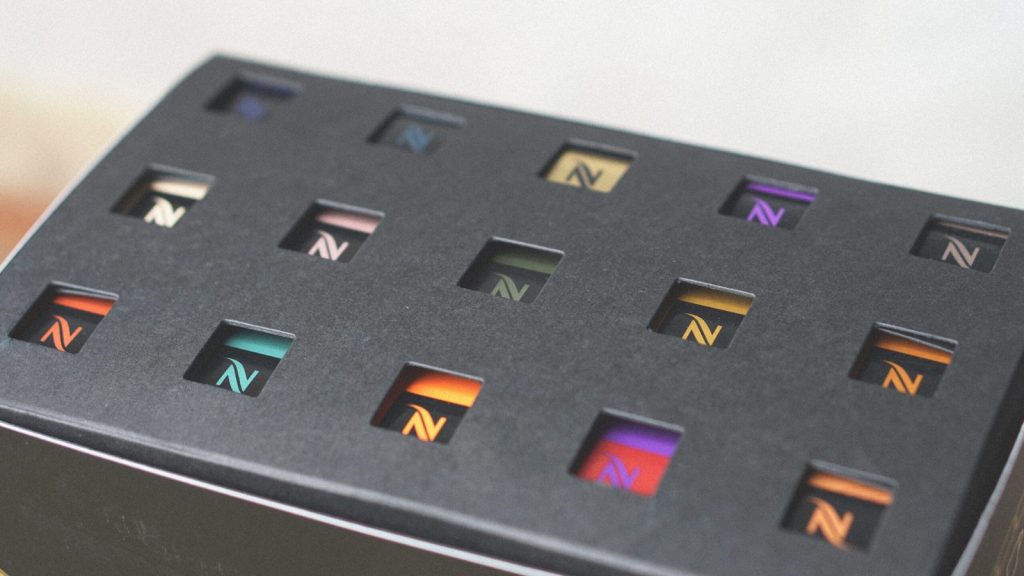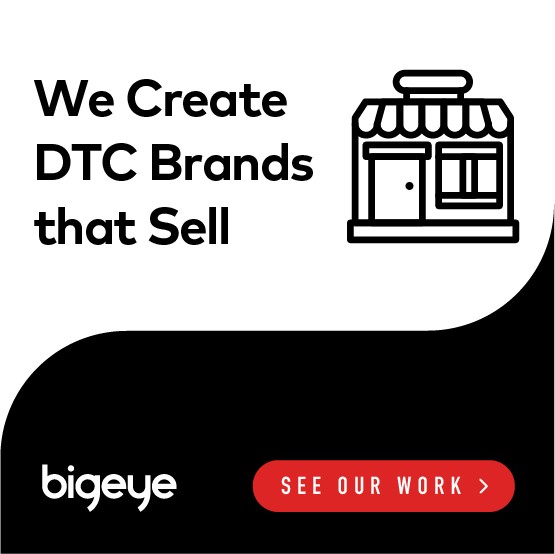
As high-tech digital analytics continues to rule the virtual marketing world, don’t forget to collect real-world marketing data including the valuable information gleaned from packaging design testing.
Make no mistake: product packaging is integral to product sales. In fact, a recent study by the leading corrugated packaging company WestRock determined that more than four out of five consumers in the United States have tried a new product because its packaging caught their eye. Furthermore, 63 percent of consumers have purchased a product a second time due to its packaging appearance/aesthetics, and 52 percent of consumers have changed brands as a result of new packaging.
With these figures in mind, businesses are universally committed to optimizing their packaging design. But how can you tell if your packaging is truly connecting with your key consumer demographic?
Packaging design testing basics
Briefly defined, packaging design testing involves presenting several packaging designs to your target audience and asking them to provide honest feedback on each of them. This feedback should ultimately determine which design is the most appealing to consumers and which design its most likely to encourage sales.
By testing their deigns, companies are far more able to wrap their product in external packaging that both sets it apart from the competition and communicates its unique value in a succinct and compelling manner. Companies that incorporate testing into their general packaging design processes have solid data that can readily guide team operations and facilitate coordinated company decision-making.
In addition to helping to bring brand new packaging designs to market, packaging design testing is key when optimizing or otherwise altering your existing packaging. The testing process is also extremely valuable when it comes to reaching out to new or alternative target audiences/consumer demographics.
Types of packaging design testing
Any good consumer marketing agency or packaging design company will tailor packaging design testing processes to meet the specific wants and needs of the client. In order to produce the specific benefits that are most important to their clients, these organizations may employ a wide range of techniques both in controlled study groups and in the marketplace at large.
The venerable packaging products organization Performance Packaging of Nevada suggests A/B testing as an easy and inexpensive way to determine the better of two different packaging designs. This method of testing involves gathering together one or more test groups that are (hopefully!) representative of your larger consumer/audience base. Test group leaders present these groups with two packaging choices and then ask each group member to pick their favorite.

Of course, this relatively restricted form of testing is limited when it comes to assessing multiple design variables (color, size, substance, etc.,). Therefore, depending on its particular goals, a company may choose other approaches to gathering feedback such as filling out comprehensive surveys or participating in thorough interview processes.
Although careful sampling methodology can compile study groups that closely match larger target audiences/consumer demographics, there is no substitute for marketing testing in the field. This method is, of course, far more expensive, than study group testing, but companies can benefit greatly from releasing two or more packaging designs into the marketplace and then collecting data on which design the general public prefers.
Getting the most out of your packaging design testing endeavors
As we have seen, your ideal methods and techniques of packaging design testing will depend entirely upon your unique and specific goals. Do you want to ensure that your product catches the eye of the casual consumer as he/she walks down the supermarket aisle? Or is it more important that your packaging reflects the core attributes and values that consumers associate with your brand?
After determining the aspects of your packaging that are most likely to influence your overall success or failure, you can develop packaging design testing procedures that are right for you. A key metric that you will certainly want to consider is purchase intent, which measures the likelihood that your packaging will motivate people to buy the product that it contains. Secondary metrics will depend on the specific results you hope to achieve and the marketplace in which you operate. These metrics might include appeal (how enticing your packaging is), relevance (how effectively your packaging reflects the wants/needs of your audience), uniqueness (how your packaging differs from that of your competitors), and ease of finding (how well your packaging stands out on the average retail shelf/website).
For more information
To learn more about the importance of packaging design testing, contact a skilled and knowledgeable representative at Bigeye today. In addition to excelling at the art and science of packaging design, Bigeye offers a broad range of comprehensive marketing services with an eye on innovation and customized service.



